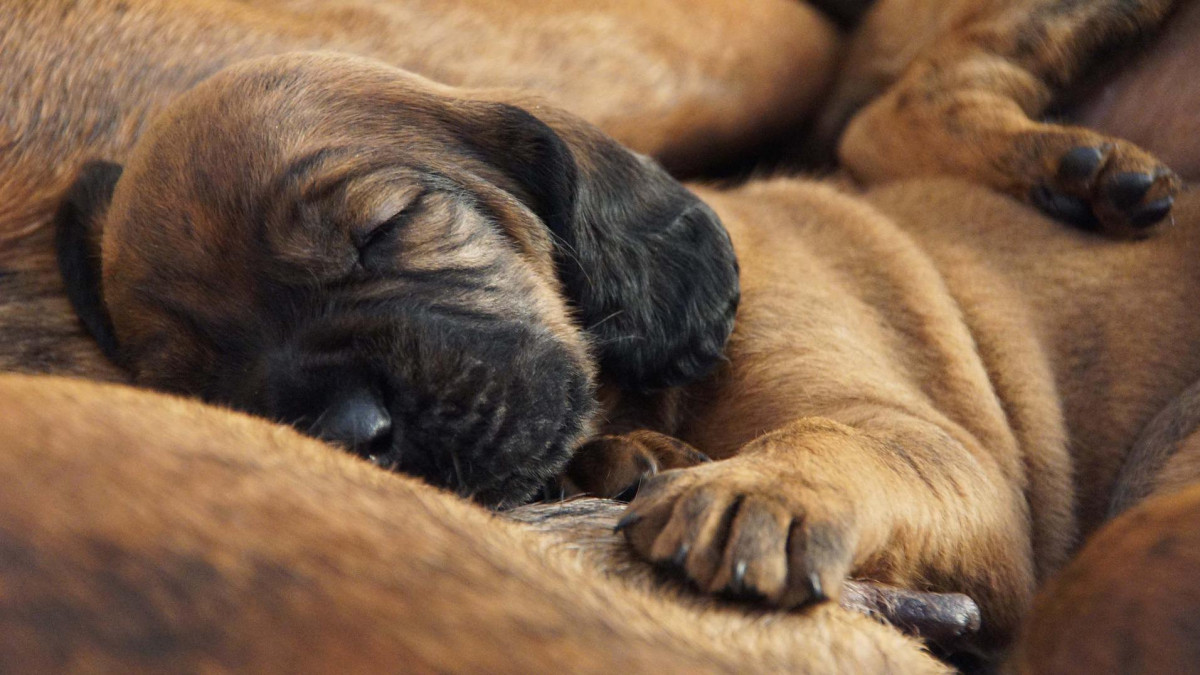Neutering: What you need to know

The topic of neutering dogs is controversial and is something I am asked about when working with puppies and dogs with behavioural struggles, such as aggression.
The information in this blog was complied from a talk given by Sarah Heath (BVSc PgCertVE DipECAWBM(BM) CCAB FRCVS) "To neuter or not to neuter? That is the question" at the 2021 Dog Behaviour Conference. The content of this blog is for information gathering and is NOT intended to replace any advice given by your vet.
The aims of neutering can be split into four main categories:
- Population control
- Convenience for dog guardian (in relation to entire females e.g. potential mess when bitch is in session and change in walking routine)
- Physical disease benefits
- Behavioural benefits
Population control and convenience are self explanatory so let's look at the physical and behavioural aspects of neutering.
Physical Health
Research studies have found that neutering can be both beneficial and detrimental to a dog's physical health. It is worth bearing in mind however, that many studies are small in size, may be breed specific and other factors such as diet, exercise etc. may have not been considered.
Benefits | Considerations |
Control of genetic diseases | Influence on joint disease (hip dysplasia, ligament rupture – risk in early neutering (under 12 months) |
Avoidance of diseases associated with reproductive organs (pyometra, ovarian and uterine tumours, testicular tumours) | Increase in certain cancers (prostate, lymphoma, mast cell tumours, bone cancer) |
Longer lifespan (based on a few small studies and breed specific studies) | Influence on urinary tract health (urinary incompetence) |
Reduction in risk of other diseases (mammary carcinoma, non cancerous prostatic disease, perianal neoplasias) | Canine cognitive disease more common in neutered dogs |
| Weight management (slower metabolism due to removal of satiation effects of oestrogen and testosterone) |
Behavioural Health
Some research papers suggest a link between neutering and behavioural concerns:
- Neutering may increase fear related behaviours in relation to thunderstorms in vizslas
- Ovariohysterectomy can increase reactivity in a range of situations in German shepherds
A common misconception with neutering is that it will help dogs 'calm down' and will end aggressive behaviours. However, research has found no evidence to support this claim. This is due to the fact that aggression can be driven by (i) emotions linked to reproduction and (ii) emotions that are not linked to reproduction.
For example, if a dog is showing aggression towards other dogs, consider the motivation behind their behaviour - are they looking for a mate and so see other dogs as 'competition' or do they have a desire for social play instead? Pain can also be linked to aggressive behaviour as this is one way a dog can protect itself from conflict and the potential threat of harm. Overall there is a lack of good quality research into the influence of neutering on behavioural concerns.
Does timing matter?
In bitches, spaying should occur during anoestrus (ovarian inactivity). If progesterone levels are high and a bitch is spayed, levels drop suddenly which stimulates the production of prolactin (primary hormone for milk production). Although pseudopregnancy is mostly associated with entire females, it can also be a result from spaying whilst prolactin levels are high. This can cause the bitch to experience physical and behavioural symptoms such as resource guarding, mothering objects and nesting behaviour.
For males, testosterone remains static and so the age at castration is what needs to be considered. Research has suggested that early castration (before or during puberty) impacts a dog's ability to cope in their environment and as a result dogs display more fearful and impulsive behaviours.
Conclusion
Whether you are for or against neutering, current research asks us to consider the WHEN. Timing is an important factor as it effects a dog's physical, emotional and cognitive health. Each dog needs to be looked at as an individual; talk to your vet, do your own research and make an informed decision.
References
Beauvais, W.; Cardwell, J. M.; Brodbelt, D. C.. (2012) The effect of neutering on the risk of urinary incontinence in bitches - a systematic review. Journal of Small Animal Practice 53 (4):198-204
German A. (2006) The growing problem of obesity in dogs and cats. Journal of Nutrition;13:19405S–65S
Hart B (2001) Effect of gonadectomy on subsequent development of age-related cognitive impairment in dogs Journal of American Veterinary medical Association 219(1):51-56
Kim H.H.Yeon S.C.Houpt K.A. (2006) Effects of ovariohysterectomy on reactivity in
German shepherd dogs. The Veterinary Journal 172(1):154-159
McGreevy PD, Thomson PC, Pride C, Fawcett A, Grassi T, Jones B. (2005) Prevalence of obesity in dogs examined by Australian veterinary practices and the risk factors involved. Veterinary Record 156(22):695–702.
McGreevy, PD.; Wilson, B; Starling, M J.; Serpell, J A. (2018) Behavioural risks in male dogs with minimal lifetime exposure to gonadal hormones may complicate population-control benefits of desexing PLoS ONE. 13(5):1-14
Root A. et al. “Canine pseudopregnancy: an evaluation of prevalence and current treatment protocols in the UK.” BMC veterinary research vol. 14,1 170. 24 May. 2018, doi:10.1186/s12917-018-1493-1
Simpson M, Albright S, Wolfe B, Searfoss E, Street K, Diehl K, et al. (2019) Age at gonadectomy and risk of overweight/obesity and orthopedic injury in a cohort of Golden Retrievers. PLoS ONE 14(7): e0209131. doi:10.1371/journal.pone.0209131
Smith A N (2014) The role of neutering in cancer development Veterinary Clinics of North America 44(5) :965-975
Sundburg, C.R., Belanger, J.M., Bannasch, D.L. et al. (2016) Gonadectomy effects on the risk of immune disorders in the dog: a retrospective study. BMC Vet Res 12, 278
Teske E. et al (2002) Canine prostate carcinoma: epidemiological evidence of an increased risk in castrated dogs Mollecular and Cellular Endocrinology 197 (251-255)
Torres de la Riva G et al (2013) Neutering Dogs: Effects on Joint Disorders and Cancers in Golden Retrievers PLoS ONE 8(2) : 1-7
Zink, M.C.; Farhoody, P.; Elser, S.E.; Ruffini, L.D.; Gibbons, T.A.; Rieger, R.H (2014) Evaluation of the risk and age of onset of cancer and behavioral disorders in gonadectomized Vizslas Journal of the American Veterinary Medical Association 244(3):309-309
Categories: : health
Want support with your dog's problem behaviour?
Complete the history form or get in touch if you have questions
 Rachel Williams
Rachel Williams 
